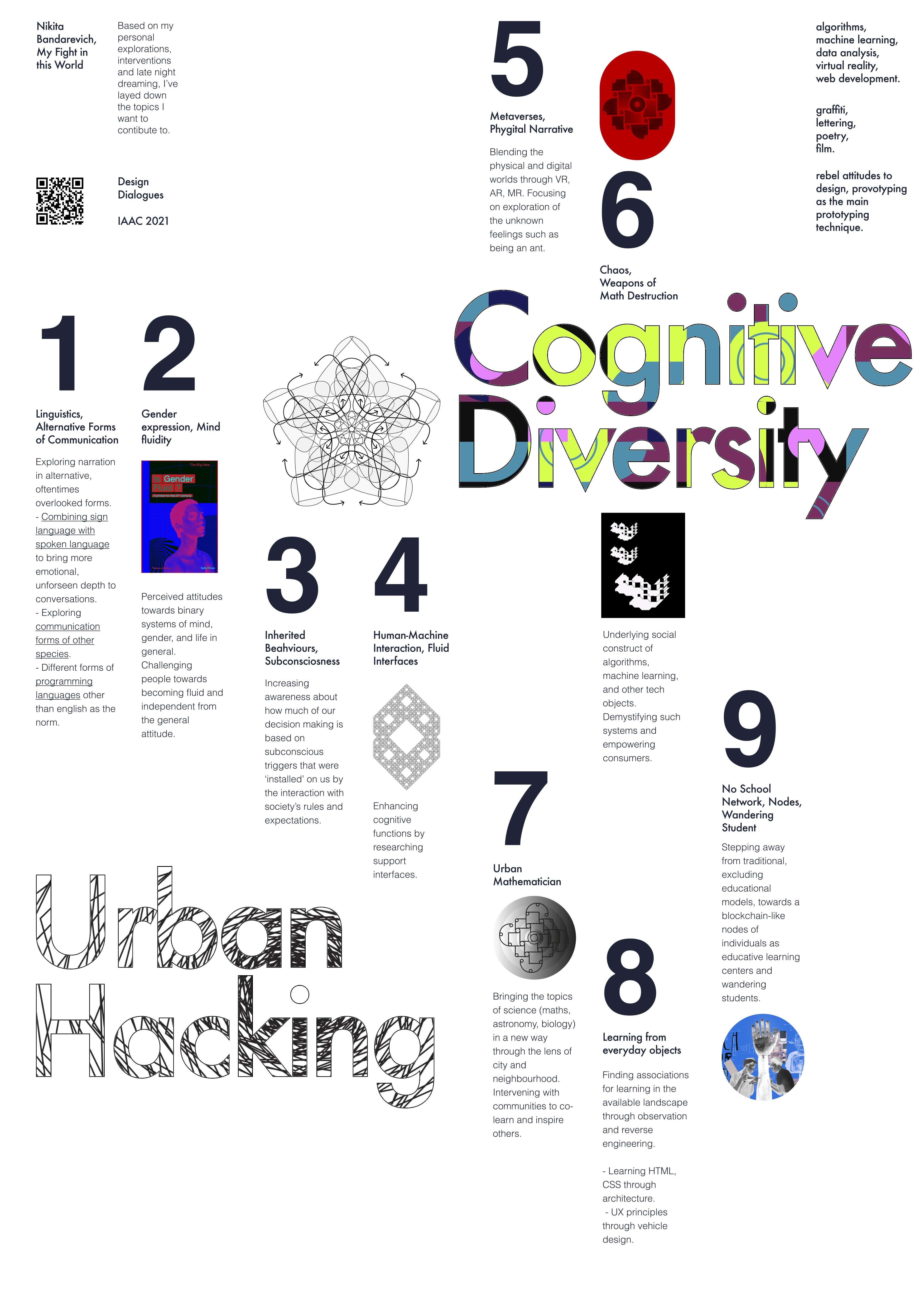At this final hour of the semester, I present to you an overview of the final exhibition the class of MDEF conducted as well as a progress of our group intervention "Aprendizaje Emocionante" paired with a shared space of "Urban Hacking" where I presented of my personal interventions called "Finding Fractals from Everyday Objects".
Continuing with the work on our collective intervention, you can see the last progress here, we were able to conduct a couple of workshops and create a list of challenges based on the findings as our final output.
Our group was interested in rethinking what we learn, how we learn it and how to go beyond traditional educational systems set in a box with walls of learning. We decided to use visual mapping to highlight individual learning journeys. The first step was to explore creating our own individual maps where we would create major turning triggers that shaped us and key moments of learning that directed our progression of life from when we were born to where we were now.
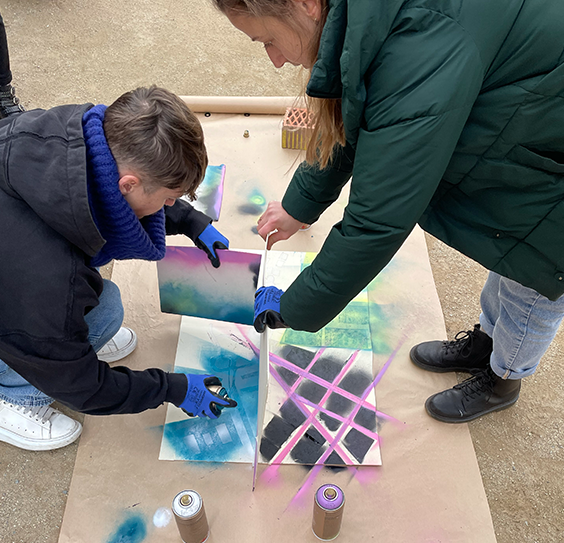
I decided to use spray paint for my own map and focus on physical spaces and how my life changed from my home village to going to school in the city of Minsk to spending majority of my time until 11 years of age in the football fields to moving to Barcelona and going to a religious Catalan school there to living in a international, mostly latin football community to going to a business school in Sant Cugat to moving to Poblenou to IAAC. I wanted to use google maps to represent those moments through graffiti.
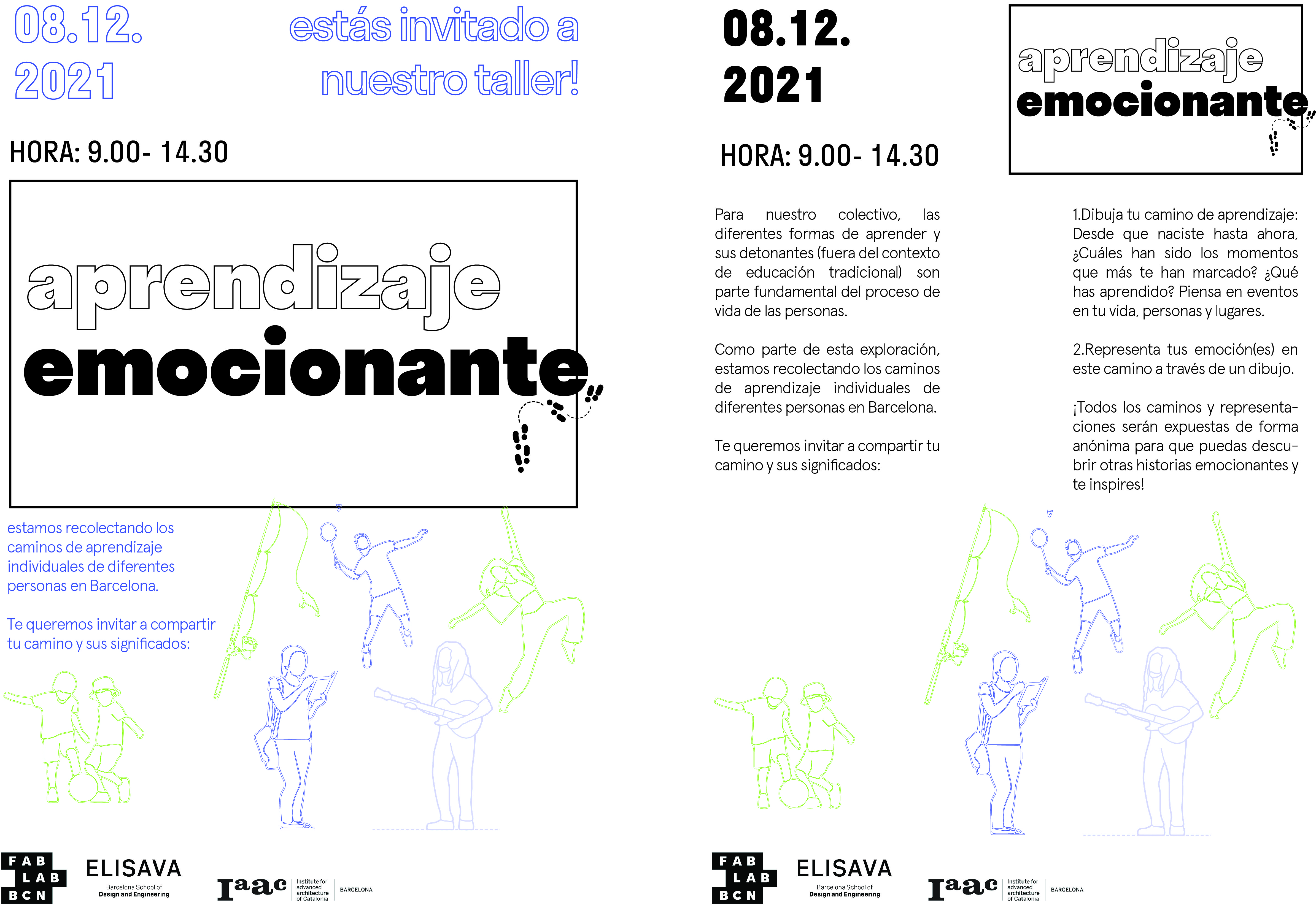
After seeing that mapping is actually an amazing tool to reflect on our own journeys, we wanted to collect more of these maps and organized a pop up activity in a café in Barcelona and in Jardin Mariposas in Poblenou where we exposed the maps done by us and our friends and invited people interested to do it too. After each map drawing we asked the participants to tell us about their journey. The unexpected insight for us was that although our initial hypothesis that the maps themselves would be the main outcome of our intervention it switched to the process of sharing these stories and seeing how people actively listened and engaged and showed their vulnerability of opening up their life to others.
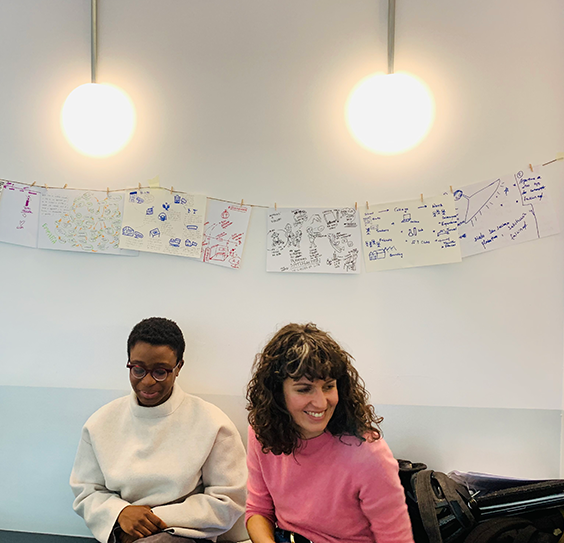
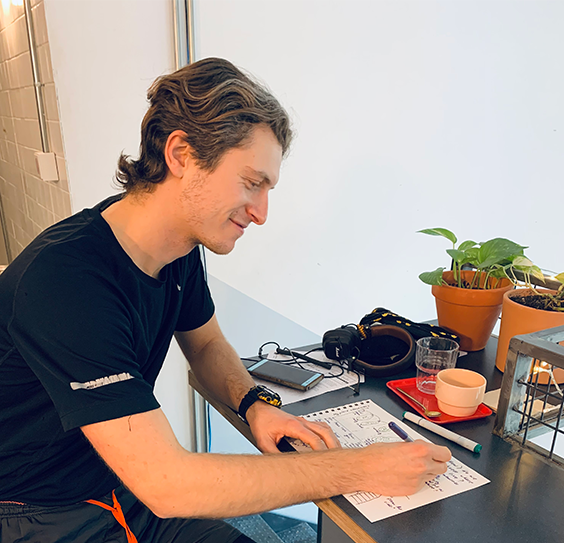
The feedback from the participants was in general that they enjoyed the activity and had never had the occasion to reflect on their journey in this way.
- Among the participants, one of them was a school teacher and proposed to host the activity in his class with his students who are around 12-13 years old.
- Another participant told us that he would present his path as part of his PhD thesis.
The learnings from conducting these workshops (we did a couple more, both in group and individually -- Mariposa Park --) were of next nature:
- Observing how people drew their journeys, some linear some a complete opposite, and how different the triggers were for each of them.
- The empathetic push it took us to position ourselves as facilitators in making a safe space for participants to express their deep feelings with complete strangers.
Design Dialogues is a platform to connect students, lecturers, alumni, experts and community involved to create a dialogue and a space of learning and feedback. In the image below you can observe a couple of my personal artefacts, such as the two graffiti pieces (one is facing the other way) as well as the posters involving fractal geometry.
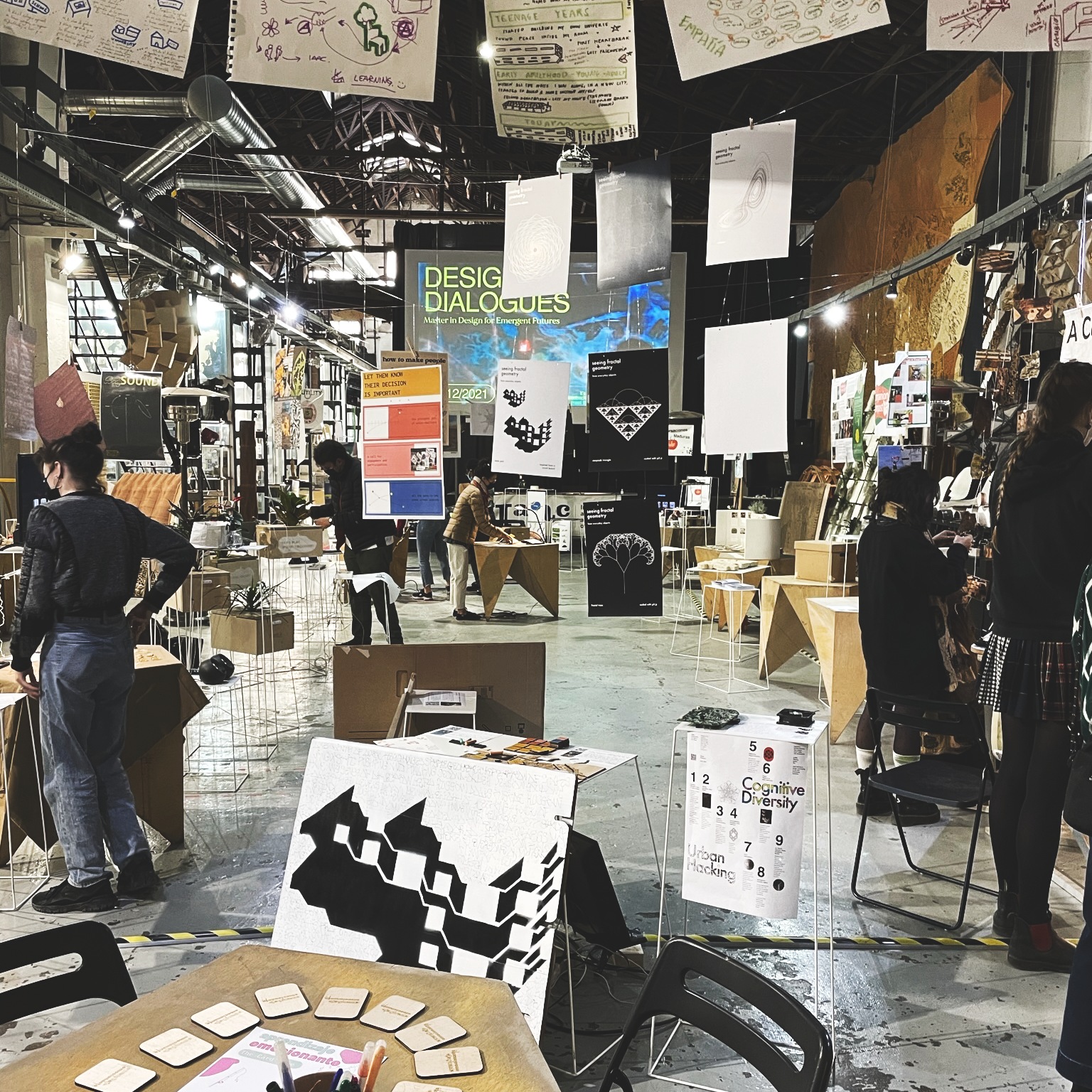
Collective intervention As our final output, we made laser cut challenge cards inspired from quotes of individual learning paths we had discovered the past weeks during our interventions. The objective was to make tangible the possible learnings and propose a way to go from an individual story to an opportunity for a collective learning. We also proposed to the guests of the Design Dialogues to draw their own individual maps and many of them did. Overall we collected close to 30 different learning paths throughout our intervention.
Individual intervention For the individual exhibition I showcased my work done for the "Urban Hacking" collective where I showed the project of "Learning from everyday objects" and presented two graffiti pieces and 7 posters derived from my research of finding, designing, coding, and spray painting fractals. I wanted to instigate a movement where people not only learnt from nature (biomimicry) but also started finding learning opportunities from man-made objects. A project of similar nature I didn't get time to implement yet was to learn web development from architectural objects. Get people interested, walk around the city and find buildings of unusual nature, write lines of code together to represent them with HTML and CSS mediums and leave some evidence behind us (could be attaching a graffiti canvas to the building we coded with the outcome) so that any by-passers would not only see the building but also observe it in a new light through the new glasses of web development. I call this process urban hacking because you literally hack places inside the city to find opportunities to lean instead of going to school and becoming another clone in the factory of workers.
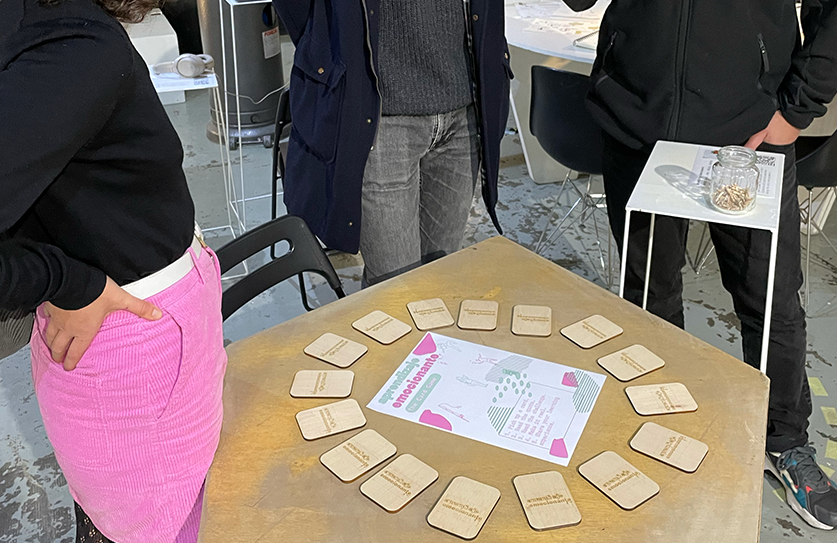
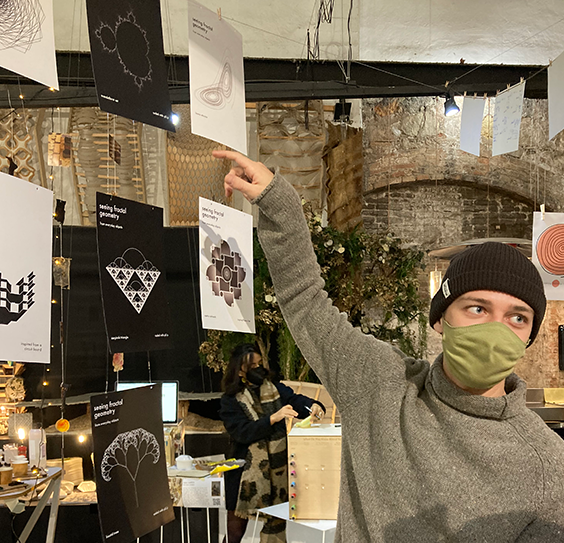
Here's me and my babies (also a person on the back trying to hijack my picture, what a weirdo :D).
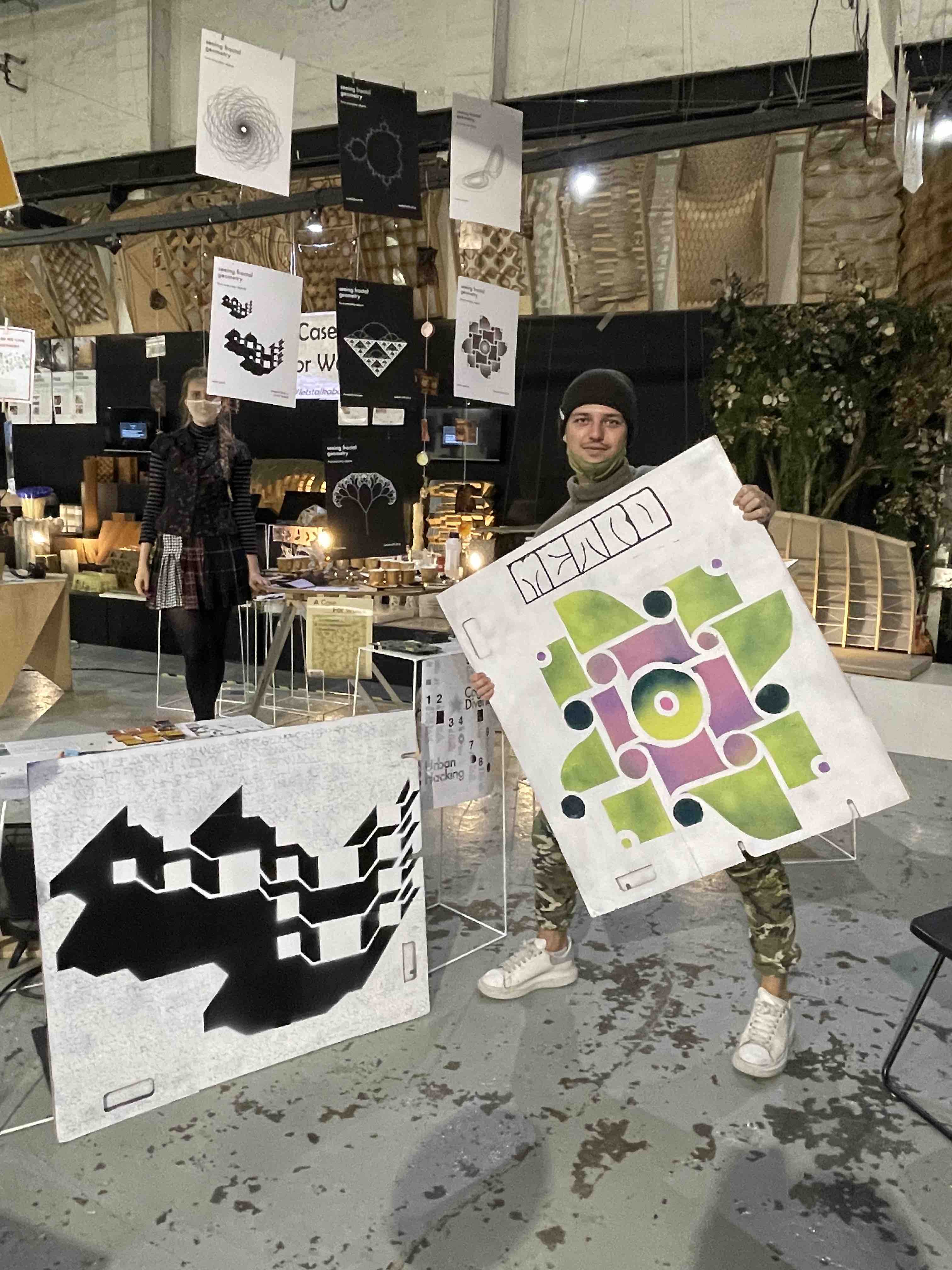
Since the creation of our first fight posters right at the beginning of MDEF, we were tasked to create an updated version at the end. Naturally, the two versions of mine had nothing to do with each other. Whereas the first one focused on regenerative futures, this one revolves around the topics of cognitive diversity, linguistics, education and urban hacking. I feel particularly inclined to work next term around the topic of cognitive science, with special interest towards linguistics, NLP, and alternative forms of speaking. As I think about next year, I also want to continue my endeavours in urban hacking where the projects I conduct are still geared towards learning from everyday objects outside the traditional school systems.
